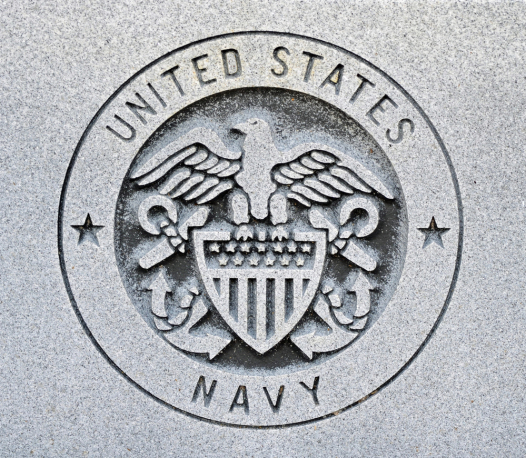
On October 13, 1775, under the Second Continental Congress, the United States Navy came into being. This event established the Continental Navy which would go on to play a critical role in America’s Revolutionary War. Upon victory over the British, the Continental Navy was disbanded, until a naval force was needed again to contend with pirates in the Mediterranean Sea, originating from Barbary groups across North Africa. In response, President George Washington signed off on the Naval Act of 1794, thus creating a permanent United States Navy. The newly established Navy would spend the next decades fighting elements of the Barbary states, skirmish with elements of the French Navy, and face off with the British again during the War of 1812.
The next few decades would see the Navy engage in small and isolated situations, leading to the establishment of the United States Naval Academy at Annapolis, Maryland. Until the Mexican American War of 1846, additional counter-piracy operations were also conducted during this period. With the outbreak of the United States Civil War from 1861-1865, the naval forces would become fractured, with much of the force being retained by the Union. This period would also see major technological strives being made, such as the introduction of ironclad ships and semi-submersible submarines being designed and fielded to try and gain an edge on the waterways throughout America. With the end of the conflict, the Navy was again downsized and reduced its overall capabilities.
It would only take a few decades for the American military leadership to begin to see the need for a modernized and larger Navy. The late 19th century saw a massive building campaign, propelling the American Navy to have the 5th largest navy, just in time for the next global conflict. The Spanish-American War of 1898 saw the American Navy absolutely dominate and destroy the Spanish fleet across the globe. Although the sinking of the U.S.S. Maine started the conflict (an event which has since been attributed to an internal fire causing the ship to explode and not a Spanish attack), the Navy and the rest of the American military were able to defeat their enemies in the Caribbean and in the Pacific, thus taking the Spanish territories as their own. Although America was only involved in WWI from 1917-1918, the Navy helped maintain trade with its European allies, and ensured the American Expeditionary Force arrived in Europe in a timely and efficient manner. The Interwar Period would see all the major powers agree to restrict and not get into a naval ship building competition, which would be adhered to until forces in Asia and Europe decided otherwise. The Japanese Navy and then the German Navy began to violate or outright ignore the Washington Naval Treaty of 1921, thus forcing all the other major powers to begin to design and build ships which could counter these new colossi.
The surprise attack at Pearl Harbor, Hawaii on December 7, 1941, would be the catalyst to awake the sleeping giant of the United States and send her military to war again. The U.S. Navy would play a major role as aircraft carriers would dominate the battlespace of the Pacific Ocean. The Navy also conducted extensive operations around the globe, but the War in the Pacific truly exemplified what a modern Navy could do. As it ground down, and ultimately defeated the Empire of Japan, the Navy would be forced to shift its focus and capabilities as the world entered the Cold War with the U.S.S.R. In this new era, one with nuclear weapons, the Navy would be forced to focus on land, air, and even space to counter and compete with the Soviet Navy. Innovation and espionage helped each side to match the other, whether it be by submarine patrols off the opposition’s coast, or by flying high altitude air missions to photograph installations. With the end of the Cold War, the Navy again refocused into the digital age, where near-peer states as well as terrorist cells present a wide and challenging array for the Navy to be prepared for. Just like in the past, leaders will have to study and be ready to counter these new threats.
